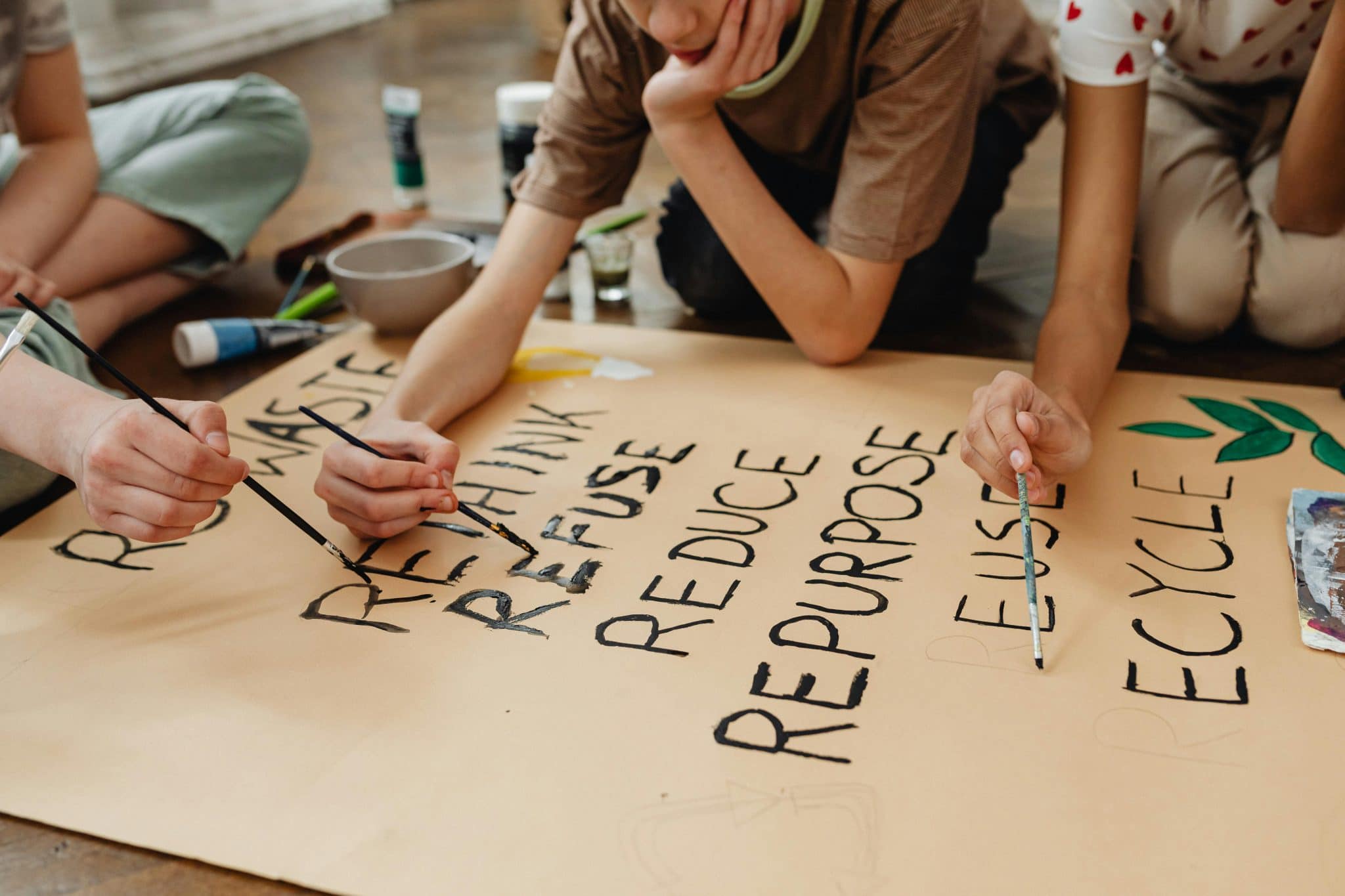Parental Engagement in Remote Learning Environments
In light of recent events, remote learning has become the new norm for many students around the world. While this approach to education has brought about convenience and safety, it has also presented various challenges, particularly for parents. With limited face-to-face interactions between teachers and students, parental engagement in remote learning environments has become increasingly crucial. In this article, we will discuss the importance of parental engagement in remote learning environments and provide tips on how parents can effectively support their children’s education from home.
The Role of Parental Engagement in Remote Learning Environments
Parental engagement refers to the active involvement and participation of parents in their children’s education. In traditional classroom settings, parents are often limited to attending parent-teacher conferences or occasional school events. However, with remote learning, parents are now able to have a more significant role in their child’s education on a day-to-day basis.
Research has shown that parental engagement has a positive impact on a child’s academic success. A study by the National Coalition for Parent Involvement in Education (NCPIE) found that students with involved parents are more likely to have higher attendance rates, better grades, and a higher likelihood of going to college. With remote learning, parental engagement becomes even more critical as it can help bridge the gap between home and school, ultimately leading to better educational outcomes for students.
Tips for Parental Engagement in Remote Learning Environments
1. Establish a Routine
The first step in supporting your child’s education in a remote learning environment is to establish a routine. Set specific times for waking up, starting schoolwork, taking breaks, and ending the day. This will help your child stay on track and maintain a sense of normalcy in their daily lives.
2. Communicate with Teachers
It is essential to establish regular communication with your child’s teachers and stay informed about their progress and any challenges they may be facing. Email, phone calls, and virtual meetings are all great ways to stay in touch. By working together with teachers, you can identify areas where your child may need extra help and address any concerns before they become bigger issues.
3. Create a Learning Space
Designate a specific area in your home as a learning space for your child. This will help them stay focused and minimize distractions. Make sure the area is well-lit, comfortable, and free from any potential distractions, such as toys or electronics.
4. Be Involved in Assignments
Take an active role in your child’s assignments. Ask them questions about what they are working on and offer your support and assistance when needed. This will not only show your child that you are interested in their education but also provide an opportunity for you to understand their learning style better.
5. Encourage Self-Directed Learning
Remote learning provides an opportunity for children to take more responsibility for their education. Encourage your child to take the lead in their learning and to ask questions when they need help. This will help them develop essential skills such as time management, critical thinking, and self-motivation.
6. Utilize Online Resources
There are a plethora of online resources available to support your child’s learning. Take advantage of educational websites, virtual field trips, and educational apps to supplement their schoolwork. These resources can make learning more interactive and fun for your child.
Conclusion
Parental engagement is crucial in remote learning environments, as it can greatly impact a child’s academic success. By establishing a routine, communicating with teachers, creating a learning space, being involved in assignments, encouraging self-directed learning, and utilizing online resources, parents can effectively support their children’s education from home. Remember, parental engagement is a partnership between parents, teachers, and students, and by working together, we can ensure that our children receive the best education possible even in the midst of a global pandemic.










